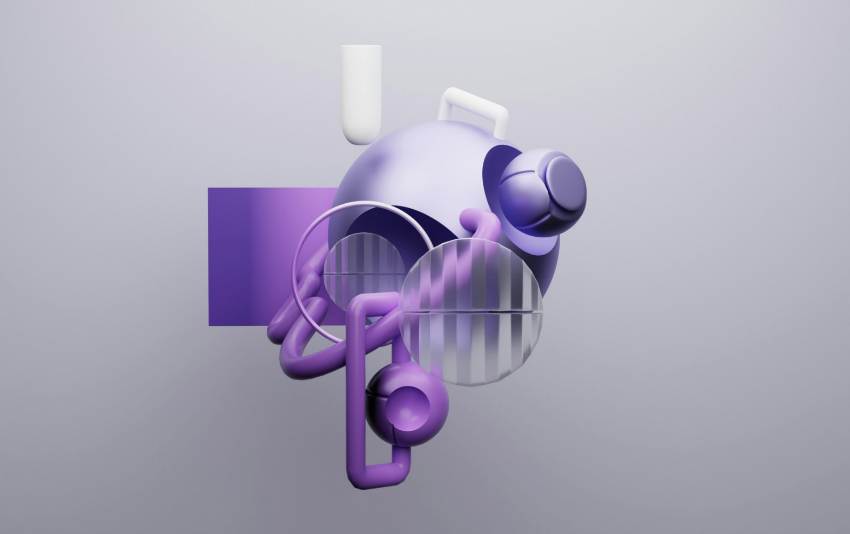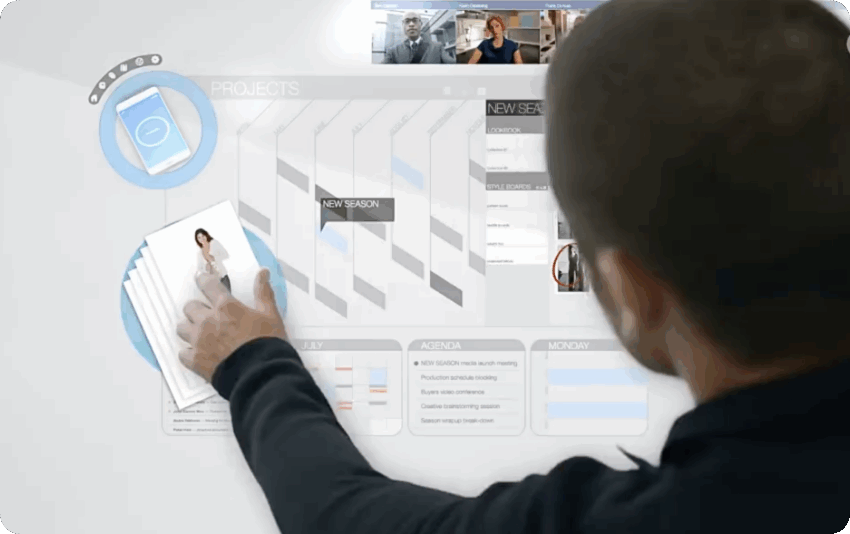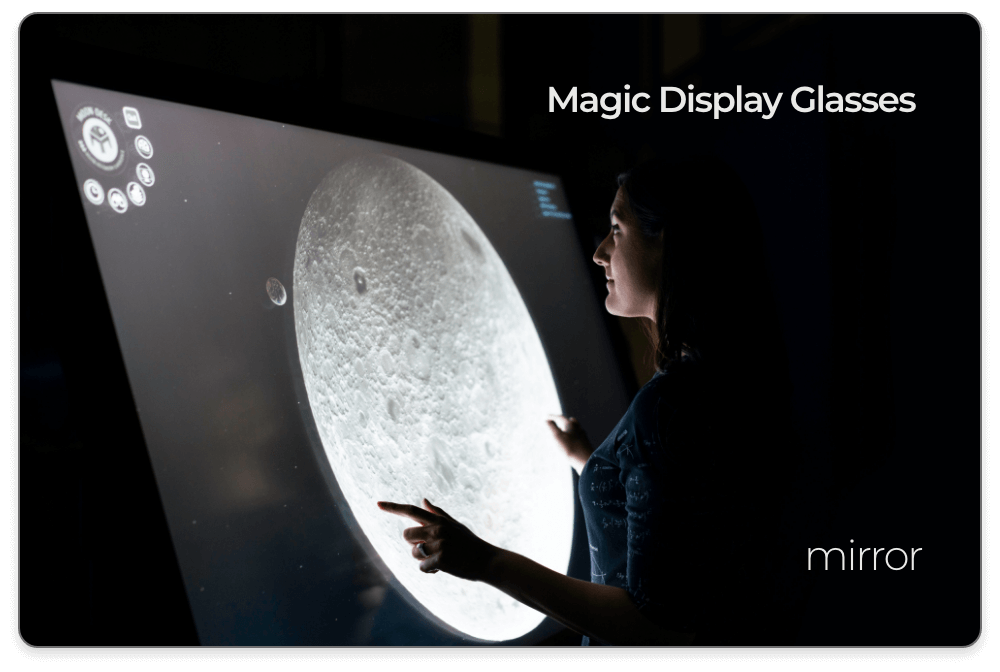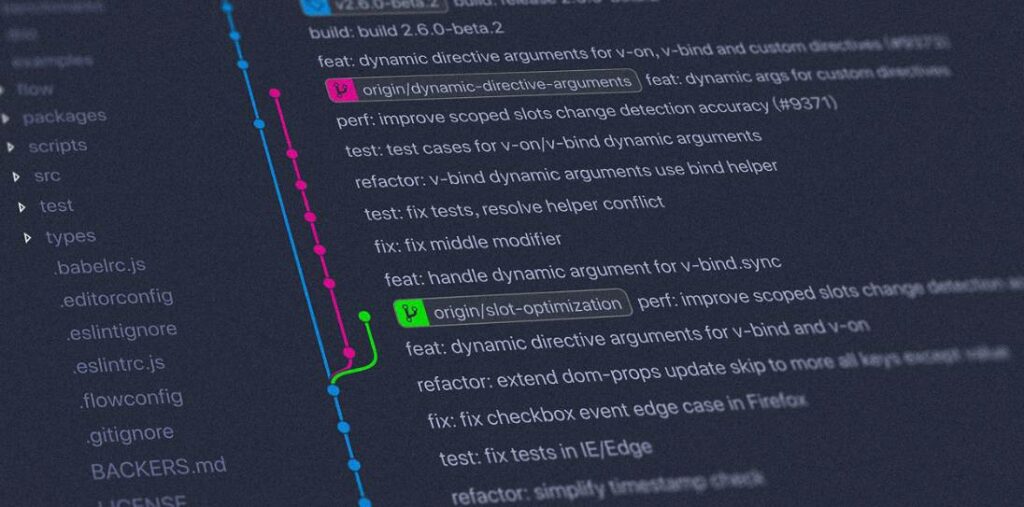In the rapidly evolving landscape of technology, AI workflow automation has emerged as a game-changing solution for businesses striving to enhance efficiency and productivity. Leveraging artificial intelligence, companies can streamline processes, reduce manual intervention, and create a seamless digital environment that fosters innovation and growth. This article delves into AI workflow automation, its significance in task prioritization, and the vision for a future dominated by AI-driven enterprise automation.
.
**Understanding AI Workflow Automation**
AI workflow automation refers to the integration of artificial intelligence technologies into everyday business processes to automate repetitive tasks. This approach utilizes machine learning algorithms and advanced data analytics to optimize workflows and minimize human error. By harnessing the capabilities of AI, organizations can transform traditional processes into intelligent systems that self-improve over time.
.
A growing number of businesses are implementing AI workflow automation to streamline everything from sales and marketing to customer service and supply chain management. Incorporating AI into workflows allows for better data management, timely decision-making, and ultimately, improved service delivery.
.
**AI Task Prioritization Automation: The Backbone of Efficiency**
As organizations juggle countless tasks daily, the challenge of prioritization becomes increasingly crucial. AI task prioritization automation is a specialized subset of workflow automation that focuses on optimizing how tasks are assigned and completed based on their urgency and significance. This technology enables analytics-driven insights that guide decision-makers in allocating resources effectively.
.
The implementation of AI-driven task prioritization solutions allows employees to focus on high-value tasks while routine activities are automatically managed by AI systems. By assessing the importance and deadlines of tasks, AI can suggest priorities, distribute workloads evenly, and even set reminders for deadlines. Statistical evidence shows that organizations employing AI task prioritization report a significant reduction in project completion times, which translates into cost savings and higher output.
.
**The Future of AI-Driven Enterprise Automation**
The future of work in an AI-dominated economy revolves around the concept of fully automated business enterprises. AI-driven enterprise automation not only integrates workflows but also enhances overall strategic decision-making by synthesizing data across various business lines. This multi-layered approach promises to redefine operational paradigms for industries as varied as healthcare, finance, manufacturing, and retail.
.
Many organizations are already investing in state-of-the-art automation tools. For instance, by harnessing AI capabilities, healthcare providers can automate patient record management, prioritize urgent cases immediately, and even predict patient admission rates, aligning staffing needs appropriately. In contrast, retailers can personalize customer experiences by utilizing AI to analyze purchasing patterns and predicting inventory needs.
.
**Industry Applications and Use Cases of AI Workflow Automation**
Several sectors are increasingly adopting AI workflow automation to enhance their operations. Below are examples of industries already witnessing tangible benefits.
.
1. **Healthcare**: Automating administrative tasks such as appointment scheduling, billing, and claim processing has enabled healthcare professionals to spend more time on patient care. AI systems can prioritize patient care based on urgency, ensuring critical cases receive attention without delay.
.
2. **Manufacturing**: AI-driven systems can automate inventory management and predict equipment failures before they occur. This proactive approach not only reduces downtime but also optimizes maintenance schedules, saving costs associated with unexpected repairs.
.
3. **Finance**: AI in financial services facilitates transaction processing and risk evaluation. Automated systems analyze large volumes of transactions to identify fraudulent activities, safeguarding assets while enhancing overall customer experience.
.
4. **Human Resources**: AI workflow automation in HR streamlines recruitment processes. For instance, AI can sift through resumes, matching candidates to job descriptions and streamlining the hiring process, thus eliminating bias and focusing on skill sets that meet organizational needs.
.
**Challenges and Solutions of AI Workflow Automation**
Despite its remarkable potential, AI workflow automation comes with challenges. Data privacy concerns, integration with existing systems, and the need for continual training of AI models must be addressed to successfully implement automation across the enterprise.
.
Security and privacy remain paramount, particularly when dealing with sensitive customer data. Organizations must establish robust security measures and protocols to comply with regulations while instilling trust among clients. Additionally, for AI systems to be effective, they need clean, accessible datasets. Ensuring data quality and implementing systematic data governance practices is essential for successful AI deployment.
.
To facilitate the transition to AI-driven automation, companies should consider a phased approach. Rather than overhauling existing workflows immediately, introducing automation incrementally in less critical processes can allow organizations to adapt without disrupting operations.
.
**Strategic Insights for a Successful AI Transition**
Transitioning to AI workflow automation requires strategic planning, investment in technology, and a focus on change management. Organizations should prioritize training and reskilling employees to work alongside AI systems. Emphasizing a culture of adaptability empowers employees to embrace automation as a collaborative tool rather than a threat.
.
Moreover, businesses can benefit from nominating champions or experts who can lead AI integration efforts. These individuals will champion awareness and understanding of AI capabilities across departments, fostering an environment where emerging technologies can thrive as part of everyday business operations.
.
**Conclusion: Embracing the AI Revolution for a Sustainable Future**
The advent of AI workflow automation presents a remarkable opportunity for enterprises to reshape their operations, improve productivity, and drive innovation. By implementing AI task prioritization and embracing an automated enterprise model, organizations can not only remain competitive but also position themselves for sustainable growth.
.
As AI continues to evolve, staying abreast of developments is essential to realizing its full potential. The transformation into an AI-driven future necessitates openness to change, ethical considerations, and a commitment to ongoing learning. Ultimately, with the right strategies in place, businesses can harness the power of AI workflow automation to bolster their success and lay the groundwork for a brighter, more efficient future.
.
**Sources:**
1. McKinsey & Company. (2023). Artificial Intelligence: Implications for Business Strategy.
2. Gartner, Inc. (2023). Top Predictions for AI in Business Application.
3. Harvard Business Review. (2023). How to Make AI Work for Your Organization.
4. Forrester Research. (2023). The Future of AI in Enterprise Operations.
5. Deloitte Insights. (2023). The Future of Work: The Role of Automation in Business.
—
This article delivers insights into the transformative power of AI workflow automation, the significance of task prioritization, and highlights prominent use cases while addressing the implications for the future of enterprise automation.





























